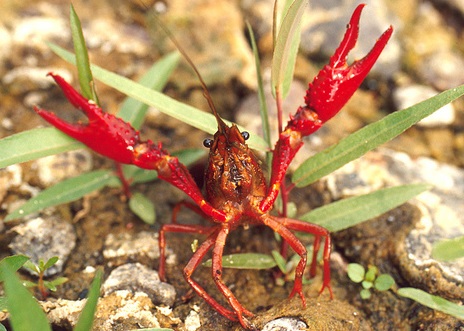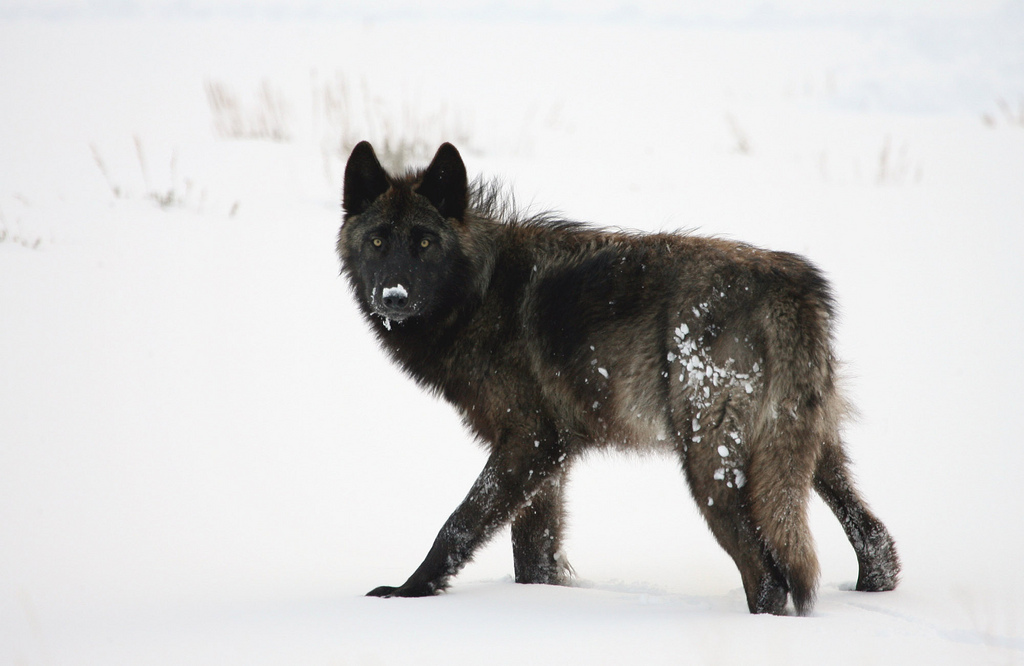Animal Jurisprudence
AFTER co-authoring a 2005 paper imagining “Re-wilding North America” with giant Bolson tortoises, camels, horses, cheetahs, elephants and lions, Harry Greene received a lot of hate mail. Corresponding ecologists hated the idea of deliberate transcontinental introductions of any kind.


